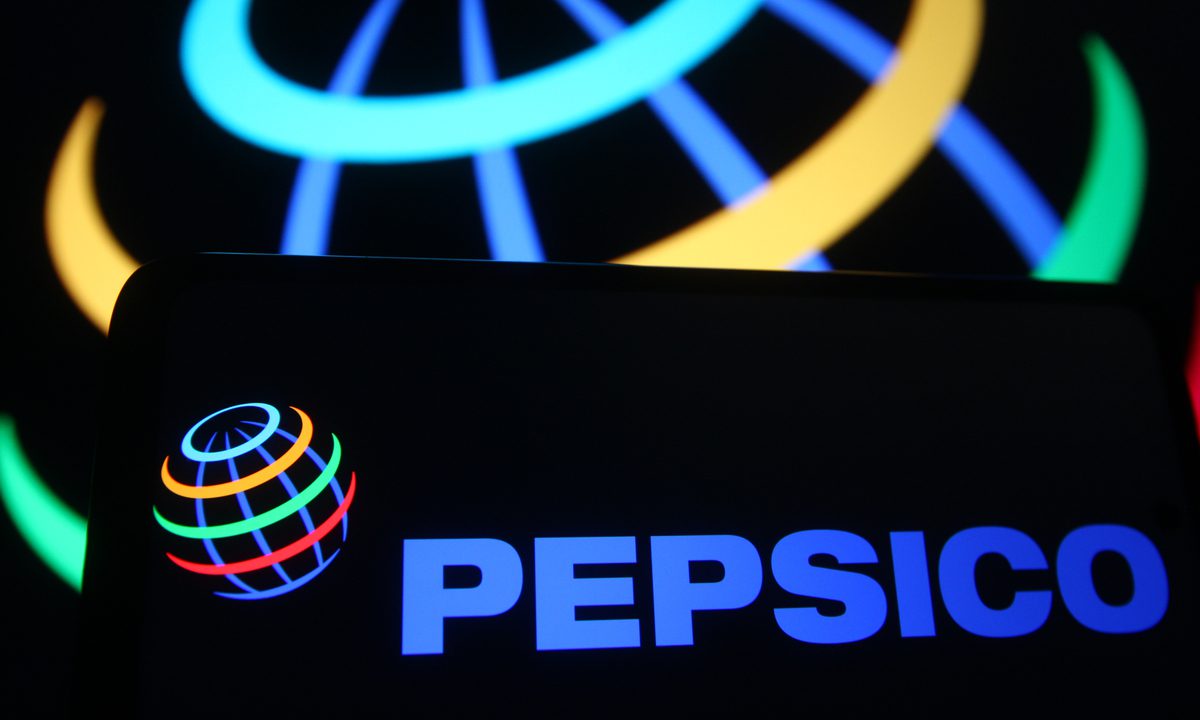
Vertically integrated businesses across sectors of the food and beverage (F&B) industry are finding opportunities to leverage their infrastructure to drive additional revenue as rising costs put pressure on profit margins.
F&B giant PepsiCo, for its part, has been leveraging its distribution network to distribute alcohol from The Boston Beer Co., parent company of Samuel Adams and Truly Hard Seltzer, among other popular alcoholic beverage brands, under subsidiary Blue Cloud Distribution, which formed last year.
The company, which distributes Hard Mtn Dew, has secured alcohol distribution permits in some U.S. states but not others. As of February, the product was available in Florida, Iowa and Tennessee.
On a call with analysts Tuesday (July 12) discussing PepsiCo’s second-quarter 2022 earnings, the company’s CEO and Chairman Ramon Laguarta discussed goals for the Blue Cloud business.
“We want to leverage our assets for distribution,” Laguarta said. “We think, in alcohol, we can bring new brands to the market. We don’t want to be a distributing … many brands, and a very complex set of brands … We’d rather focus on a few large consumer opportunities and put them through what is a very powerful DSD [direct-store delivery] system.”
Indeed, a range of businesses that are heavily reliant on food and beverage sales are leveraging their distribution networks and driver systems to drive sales for other companies. Take, for instance, all the restaurant and grocery aggregators offering white-label solutions. DoorDash has DoorDash Drive, Uber Eats has Uber Direct, Grubhub has Grubhub Enterprise and Instacart has Instacart Platform.
It is not only delivery-centric companies leveraging their infrastructure as a white-label service for external brands. Mega-retailer Walmart, for one, which brings in more than half of its total sales through its grocery business, has been partnering with retailers, shipping aggregators and eCommerce platforms through its end-to-end delivery offering Walmart GoLocal.
The Consumer Price Index for All Urban Consumers (CPI-U), reported by the U.S. Bureau of Labor Statistics (BLS) last month revealed that food prices rose 10.1% year over year in May. Regarding the company’s approach to inflation, PepsiCo Vice Chairman and Chief Financial Officer Hugh Johnston noted that moves to boost productivity have been effective.
“Our first focus whenever we’re faced with inflation is to try to drive incremental productivity on our internal costs, and … we’ve seen this year some of the strongest productivity we’ve seen in a number of years,” Johnston said. “That puts us in a in a relatively better position when we’re faced with commodity inflation, because we’re not necessarily forced to price it all through. We can take a more consumer-centric approach to dealing with the inflation and the subsequent pricing.”